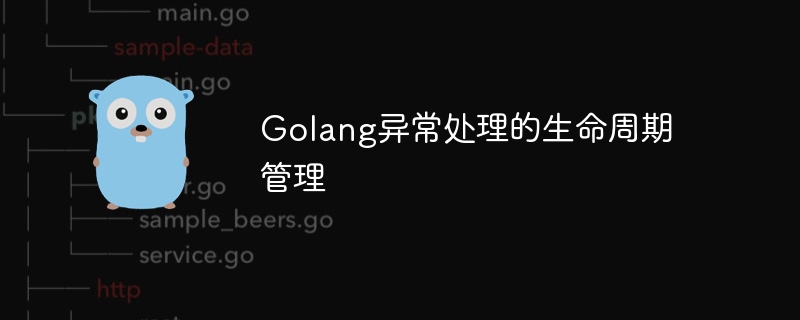Go语言函数式编程模式包括:命令模式:将操作封装成对象,实现请求延迟。策略模式:使用函数作为策略,动态更改算法。回调函数:作为参数传递给其他函数,灵活控制流程。这些模式通过函数作为一等公民和高阶函数支持,提升代码的可读性、可测试性和可维护性。

Go 语言函数式设计模式:应用与实例
函数式编程范式强调函数作为一等公民,不可变值以及对状态的避免。Go 语言通过其强大的闭包和高阶函数支持,使函数式编程模式的应用变得非常方便。
命令模式
命令模式将操作封装在对象中,从而实现对请求的延迟或排队操作。在 Go 中,可以将命令实现为具有类似签名的函数,从而拆分复杂的操作。
示例:
type Command interface {
Execute()
}
type PrintHelloCommand struct{}
func (c PrintHelloCommand) Execute() {
fmt.Println("Hello")
}
func main() {
var commands []Command
commands = append(commands, &PrintHelloCommand{})
for _, c := range commands {
c.Execute()
}
}策略模式
策略模式允许算法在不更改客户端的情况下进行动态更改。Go 中可以使用函数作为策略,提高代码的可扩展性和可维护性。
示例:
type SortStrategy func([]int)
func BubbleSort(numbers []int) {
// Bubble sort algorithm
}
func QuickSort(numbers []int) {
// Quick sort algorithm
}
func Sort(numbers []int, strategy SortStrategy) {
strategy(numbers)
}
func main() {
numbers := []int{5, 3, 1, 2, 4}
Sort(numbers, BubbleSort)
fmt.Println(numbers) // [1 2 3 4 5]
}回调函数
回调函数是作为参数传递给其他函数的函数,允许灵活控制执行的流程。Go 中的高阶函数支持使回调函数的应用变得容易。
示例:
func Map(f func(int) int, slice []int) []int {
mapped := make([]int, len(slice))
for i, v := range slice {
mapped[i] = f(v)
}
return mapped
}
func main() {
numbers := []int{1, 2, 3, 4, 5}
increment := func(x int) int {
return x + 1
}
result := Map(increment, numbers)
fmt.Println(result) // [2 3 4 5 6]
}通过将功能独立于状态,函数式设计模式增强了代码的可读性、可测试性和可维护性。Go 语言提供的强大功能进一步促进了这些模式在实际项目中的应用。





